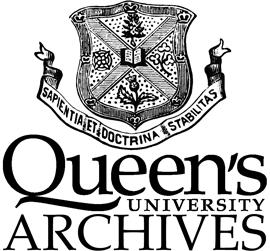page_0003
Facsimile
Transcription
3.
to provide drastic safeguards for the same purpose. One
was to make the Instrument a "fundamental", as above.
Another was to disenfranchise Irish rebels and all Roman
Catholics for life, and all opponents of the Parliamentary
cause for at least twelve years (i.e. for the first three
triennial parliaments). But the final safeguard was
a vague definition of moral qualifications for members
("known integrity, fearing God, and of good conversation"),
and the power given to Council to exclude elected
persons who did not possess these qualifications (xxi).
When the first Parliament under the Instrument
met in 1654 the Council abstained from exercising
this power of exclusion, and the result was that
members insisted upon discussing the constitution
under which they had been chosen; and they had to
be dismissed as soon as the bare letter of the Instrument
allowed.
As the Instrument had proved a failure, the
second Parliament was convened in 1656 with
the understanding that the Protector would no
longer veto constitutional change. Thus this was
a constitutent assembly and it was obviously
necessary to control its composition. This time
the council exercised its power under clause XXI,
and over 90 elected members were excluded.
The result was the futile offer of the crown
and the ultimate drafting of the Humble
Petition and Advice. In this several of the
former safe-guards, such as disenfranchisement
clauses and the definition of qualifications
Notes and Questions
Nobody has written a note for this page yet
Please sign in to write a note for this page


